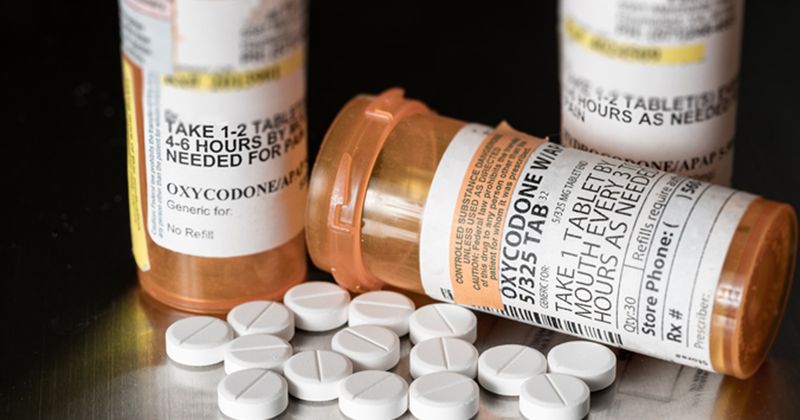Opioid use after cardiac implanted device procedures falling; high dosages still prevalent
Despite a slight decline in opioid prescription filling from 2016 to 2020, one-third of patients who had an electronic cardiac device implanted were given doses tied to increased risk for persistent use, researchers reported.
“Owing, in part, to the excessive prescription of opioid pain medication, there is an ongoing epidemic of opioid abuse in the United States that has resulted in > 90,000 deaths annually,” Timothy M. Markman, MD, electrophysiology fellow at the Hospital of the University of Pennsylvania, and colleagues wrote in a research letter published in Circulation.

In its Morbidity and Mortality Weekly Report, the CDC published its guidelines for the prescription of opioids for chronic pain in the U.S. The following year, HHS declared the opioid epidemic a public health emergency.
“There are inadequate data regarding the impact of these regulatory efforts on opioid prescription rates,” the researchers wrote. “Initial efforts have focused on reducing opioid prescriptions in the emergency department and after surgical procedures.”
Therefore, researchers assessed whether the regulatory guidelines issues by the CDC had any effect on opioid prescriptions for cardiac implantable electronic device (CIED) procedures.
Prescription data of 242,054 patients who received a CIED from 2004 to 2020 were collected. Overall, 41% of procedures were performed after the 2016 CDC guideline was published.
The proportion of patients who underwent a CIED procedure that filled an opioid prescription increased from 7.4% in 2004 to 18.9% in 2016 (z score = –44.75; P < .001).
By 2020, the rate of patients filing opioid prescription decreased to 16.4% (z score = 3.36; P < .001).
A prescribed dose of more than 135 mg oral morphine equivalents after CIED procedures is associated with risk of persistent opioid use, according to the study.
Researchers reported that the mean oral morphine equivalents prescribed did not significantly change from 2016 to 2020 (276 mg vs. 231 mg).
Moreover, approximately 35% of opioid prescriptions for CIED procedures in 2020 were more than 135 mg oral morphine equivalents, according to the study.
“Even as late as 2020, more than one-third of patients who filled an opioid prescription had an oral morphine equivalent of > 135 mg, putting them at greater risk for persistent opioid use,” the researchers wrote. “Although rates of opioid prescriptions remain high across many medical specialties, these new findings highlight the need for prospective evaluation of pain specifically after CIED procedures, as well as studies of procedural and pharmacologic strategies to reduce the need for postoperative opioids.”

